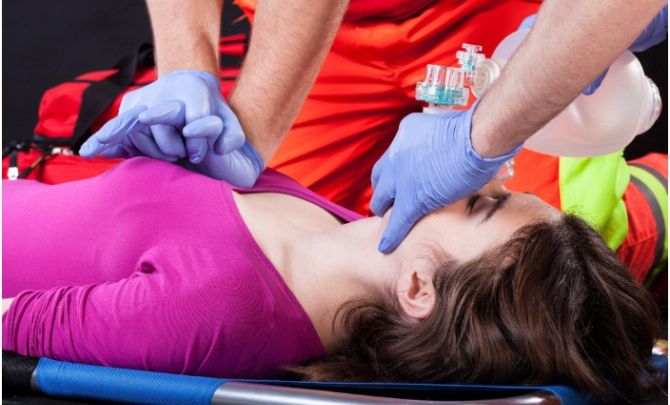Did you know it feels scary during a cardiac emergency? Having the right skills can help you save a life. One of the best ways to be prepared is by getting CPR certified.
Whether you’re a caregiver, teacher, or just someone who wants to make a difference, learning CPR is a step toward being ready in an emergency. This guide will help you understand CPR certification and how to get started. Read on!
What is CPR Certification?
Cardiopulmonary Resuscitation (CPR) is a life-saving technique used when a person’s heart or breathing stops. It helps keep blood flowing to the brain and other vital organs until professional help arrives. When you become CPR certified, it means you’ve learned the proper skills to perform CPR safely and effectively.
CPR certification varies depending on your needs and job, and it includes training for both adults and children.
Who Can Take CPR Training?
It’s helpful to know if you meet the basic training requirements before enrolling in a CPR course. Most CPR courses require participants to be at least 16 years old. If you’re in good health and able to perform the necessary CPR actions, you should be ready for the course.
Some basic medical knowledge can be useful, but it’s not a requirement. In some cases, you may need to complete a First Aid certification before starting CPR training, depending on the course you choose. For more information on the requirements and available options, you can explore CPR Certification | MyCPR NOW to get started.
Choosing the Right CPR Course
Picking the right CPR course is important to ensure you get the training you need. When choosing your course, consider several factors. You can take CPR classes in different formats.
Some courses are available online, while others are in-person or even a mix of both. It’s best to choose the format that fits your learning style. When looking for a course, make sure the instructor is certified and experienced in teaching CPR.
Additionally, CPR certifications are usually valid for one to two years, so it’s important to check how long your certification will last. Some courses may require you to renew your certification before it expires.
Why CPR Certification is Important
Being certified means you’re prepared to act in an emergency. Having this skill can make a life-saving difference during critical moments. Many workplaces, schools, and organizations look for CPR-certified individuals because it helps keep the environment safer for everyone.
CPR certification doesn’t just give you a card. It gives you the confidence to step in when it matters most. Knowing that you can help save someone’s life is empowering and makes you a valuable asset to your community.
How to Get Started With CPR Certification
Starting your CPR certification is easy. Consider whether you prefer online or in-person training, and make sure the instructor is certified. Once you’ve chosen your course, commit to the training, practice, and take the exam.
Becoming CPR certified can prepare you to act during emergencies and potentially save lives. It’s a simple step that can make a big difference in any situation. Find one that works for you, and start your life-saving journey today!
Loved this post? Check out the rest of our blog for even more great content!
